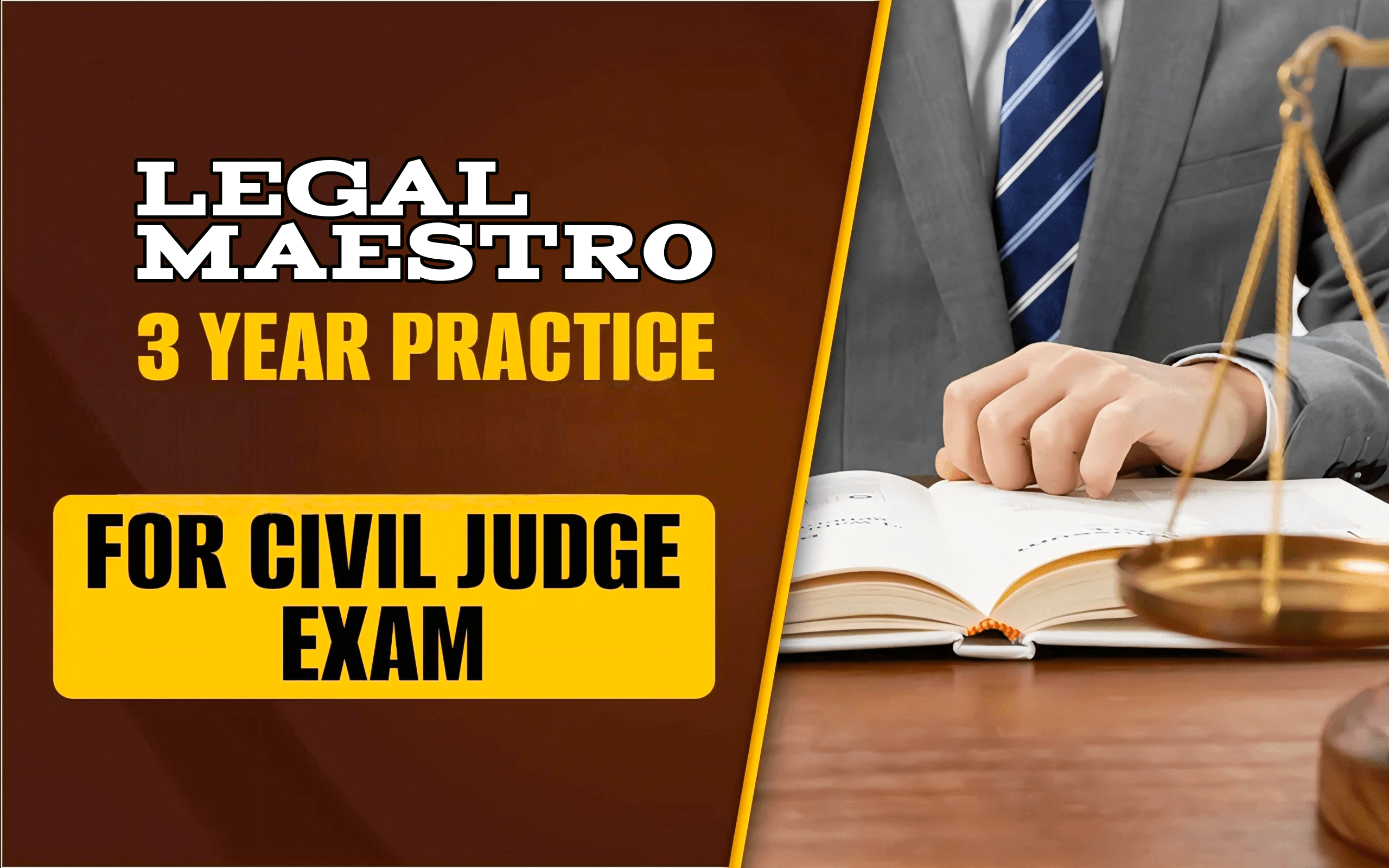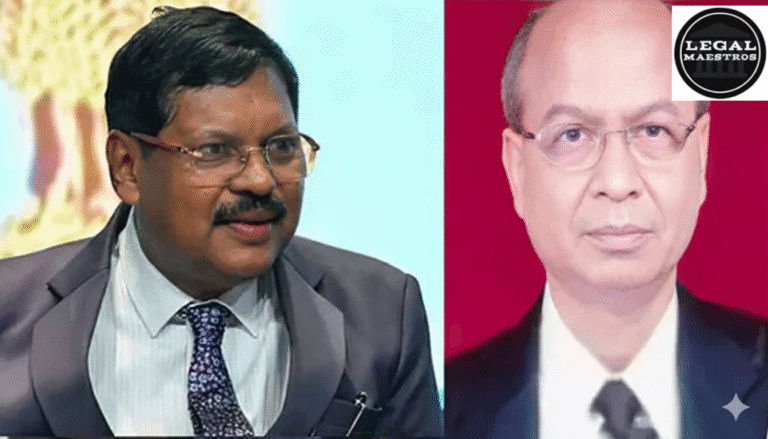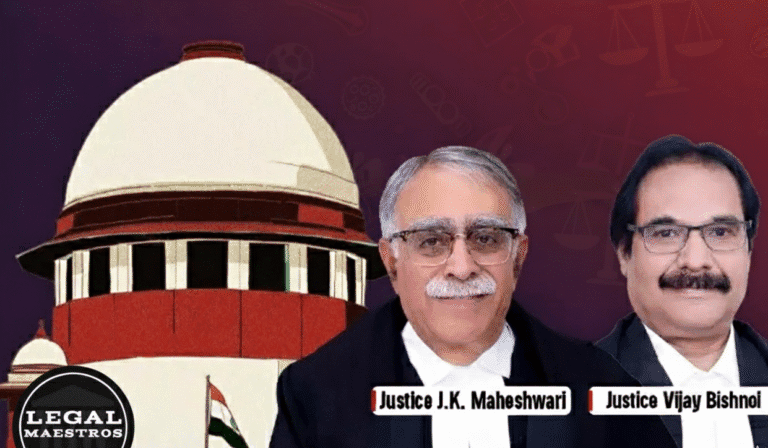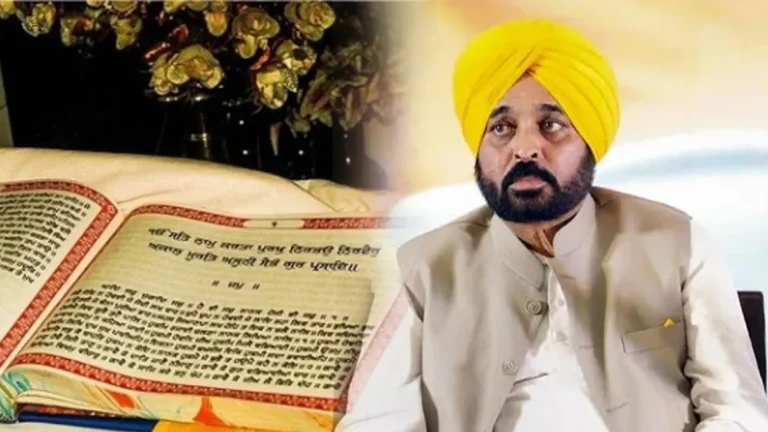
There is a significant relationship between the competence and wisdom of individuals who are nominated to rule over legal conflicts and the integrity and quality of the administration of justice.
Advocate candidates are required to complete a predetermined amount of time spent practicing law before they are eligible to take judicial service tests in many jurisdictions. This is because these jurisdictions recognize the importance of practical experience.
It is typical practice in India to establish this duration at three years, which reflects a balance between the academic information learned in law school and the practical skills acquired in a courtroom or legal office.
For any queries or to publish an article or post or advertisement on our platform, do call at +91 6377460764 or email us at contact@legalmaestros.com.
The constitutional and legal basis of the Three-Year Advocacy Requirement are investigated in this essay. The paper also evaluates the merits of the requirement as well as the obstacles it presents in terms of forming a competent and independent judiciary.
For More Updates & Regular Notes Join Our Whats App Group (https://chat.whatsapp.com/DkucckgAEJbCtXwXr2yIt0) and Telegram Group ( https://t.me/legalmaestroeducators )
Contextualization of the Past
The concept of requiring legal practice prior to judicial appointment has its origins in the traditions of common law.
For any queries or to publish an article or post or advertisement on our platform, do call at +91 6377460764 or email us at contact@legalmaestros.com.
In those traditions, leading barristers and solicitors were frequently appointed to the bench only after years of outstanding service. The colonial administration in India initiated structured judicial examinations in the 19th century.
At first, there were no specific qualifications for participation in these tests. Legislators eventually came to the realization that newly minted advocates required practical experience in matters pertaining to legal procedures, client contacts, and courtroom decorum.
This realization occurred as the volume and complexity of cases increased over time. For the purpose of ensuring that advocates had a fundamental understanding of both procedural and substantive law prior to joining the judiciary, post-independence statutes and state norms progressively brought about the establishment of a minimum practice time, which often lasted for three years.
For any queries or to publish an article or post or advertisement on our platform, do call at +91 6377460764 or email us at contact@legalmaestros.com.
The Constitutional Foundation
The Three-Year Advocacy Requirement is founded on key constitutional principles and principles of constitutional law.
The concept of equality before the law and equal opportunity serves as the foundation for the requirement of a transparent and non-arbitrary eligibility criterion.
A standard practice period is prescribed by the state in order to prevent favoritism or undue benefit from being given to any one individual or group.
For any queries or to publish an article or post or advertisement on our platform, do call at +91 6377460764 or email us at contact@legalmaestros.com.
While doing so, the need ensures that judges have adequate professional maturity, which in turn helps to maintain the separation of powers and the independence of the judicial system. This increases the public’s faith in the impartiality of the judicial system.
In addition, the mandate is in accordance with the constitutional provision of fair procedure, as candidates must first satisfy defined and objective conditions in order to be considered for judicial office.
Structure of the Law
For the most part, statutory laws that control judicial services are framed by the rules that govern judicial services in each state or region. These rules frequently reflect a model code that is suggested by the Supreme Court or regional authorities.
For any queries or to publish an article or post or advertisement on our platform, do call at +91 6377460764 or email us at contact@legalmaestros.com.
In most cases, these regulations stipulate educational prerequisites, age restrictions, and the requirement of a certain amount of time spent working as an advocate. The period of three years is often counted beginning from the date of enrollment with the Bar Council’s membership.
As long as advocates keep an active practice record, the rules may permit cumulative practice, regardless of whether it takes place at the High Court, subordinate courts, or legal aid clinics. For instance, advocates who have worked in government legal departments or held certain legal offices may be eligible for limited exemptions or extensions in certain countries.
Interpretation by the Judiciary
The advocacy requirement has been construed by the courts on multiple occasions to strike a balance between flexibility and rigour. Both the Supreme Court and the High Courts have issued a number of decisions that have made it abundantly clear that the duration of practice must be genuine and continuous.
For any queries or to publish an article or post or advertisement on our platform, do call at +91 6377460764 or email us at contact@legalmaestros.com.
They have also rejected any attempts to qualify through symbolic or superficial engagement practices. It is possible for court authorities to request affidavits or records of case appearances, and Bar Council certificates that confirm practice are subject to inspection.
At the same time, the courts have demonstrated a sensitivity to legitimate gaps that are brought about by illness or family duties, allowing such intervals to be negated if they are sufficiently explained.
These interpretations serve to underscore the intention of the requirement, which is to encourage genuine legal education rather than merely checking off checkboxes.
For any queries or to publish an article or post or advertisement on our platform, do call at +91 6377460764 or email us at contact@legalmaestros.com.
The Application of This Theory to the Profession of Law
The three-year practice requirement for young advocates has a significant role in shaping their future choices and plans.
By encouraging early participation in court work, research, and client advocacy, it helps students develop skills that will continue to be relevant regardless of whether or not they go on to seek a career in the judiciary.
In order to provide newly enrolled advocates with guidance and to familiarize them with the dynamics of the courtroom, law firms and older practitioners frequently hire them as junior associates.
For any queries or to publish an article or post or advertisement on our platform, do call at +91 6377460764 or email us at contact@legalmaestros.com.
In addition, the requirement encourages applicants to keep detailed records of their work, which may include case files and orders, which can subsequently be used as evidence of their practice.
The other side of the coin is that some advocates find the period to be financially tough because they have to balance the chance of creating a practice with the possibility of sitting for competitive judicial tests only after three years have passed.
Obstacles and Criticisms to Consider
In spite of its positive aspects, the three-year rule is subject to criticism. Those who are opposed to it claim that it could put at a disadvantage capable individuals who succeed academically but suffer hurdles in accessing the courts, such as those who come from remote or disadvantaged homes.
For any queries or to publish an article or post or advertisement on our platform, do call at +91 6377460764 or email us at contact@legalmaestros.com.
The uniform duration does not take into consideration the different levels of intensity or quality of legal practice; for example, an advocate who only appears in a few cases may be able to fulfill the time requirement, but they may not gain sufficient technical expertise.
In addition, the emphasis placed on work in the courtroom may result in the undervaluing of other forms of legal practice, such as those found in academic institutions, legal departments of corporations, or policy research.
In the realm of skill-based evaluations, there are those who advocate for a more nuanced assessment of competence, which would involve combining the duration of practice with performance.
For any queries or to publish an article or post or advertisement on our platform, do call at +91 6377460764 or email us at contact@legalmaestros.com.
Perspectives that are Comparative
Approaches to judicial eligibility can differ from country to country. Candidates for entry-level positions in the judiciary in the United Kingdom normally need to have several years of post-qualification experience.
There are various courses for solicitors and barristers to follow in order to fulfill this need. There is a wider variety of backgrounds that are permitted in the United States. Some states have the ability to appoint judges directly from private practice, academia, or government service.
These judges are frequently appointed without a predetermined criteria, and instead rely on screening committees and performance indicators.
For any queries or to publish an article or post or advertisement on our platform, do call at +91 6377460764 or email us at contact@legalmaestros.com.
Formal judicial training institutions are utilized in countries that follow the civil law system, such as France and Germany.
These schools admit law graduates through competitive examinations immediately following their graduation from university, and then they provide extended apprenticeship and training. The aforementioned models highlight the fact that although experience is valued all around the world, its measurement varies.
Prospective Courses of Action and Changes
Reforming the advocacy obligation that lasts for three years could require implementing additional measures to meet the constraints of the mandate. Additionally, the implementation of a competency-based assessment in conjunction with the time constraint would guarantee that practice would result in skill.
For any queries or to publish an article or post or advertisement on our platform, do call at +91 6377460764 or email us at contact@legalmaestros.com.
Learning could be enhanced through the implementation of mentorship programs that would connect experienced judges with prospective judicial candidates, particularly for those who live in remote areas.
It may be possible to lessen the economic challenges that advocates face during their early years by providing them with financial support or scholarships. In addition, the recognition of a wide range of legal experiences, such as litigation in the public interest, alternative conflict settlement, or legal education, has the potential to extend the scope of qualifying practice while also maintaining high criteria for judicial office.
A judiciary that is equipped with practical legal knowledge and professional maturity is cultivated through the implementation of the Three-Year Advocacy Requirement for Judicial Services, which plays an essential part in this process.
For any queries or to publish an article or post or advertisement on our platform, do call at +91 6377460764 or email us at contact@legalmaestros.com.
The values of equality, transparency, and judicial independence are the foundations around which its constitutional legitimacy is built with.
Despite the fact that legislative norms and judicial interpretations have played a role in shaping its implementation, ongoing debates have brought to light the necessity of reforms that achieve a balance between the duration of legal activity and the quality of such practice.
It is possible for jurisdictions to improve the capabilities and diversity of individuals who administer justice by refining this need through the use of competency evaluations, mentorship initiatives, and a broader identification of legal duties.
For any queries or to publish an article or post or advertisement on our platform, do call at +91 6377460764 or email us at contact@legalmaestros.com.





1 thought on “Three-Year Advocacy Requirement for Judicial Services: Constitutional and Legal Analysis ”